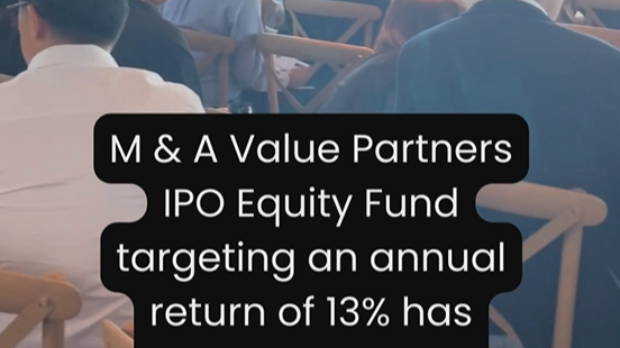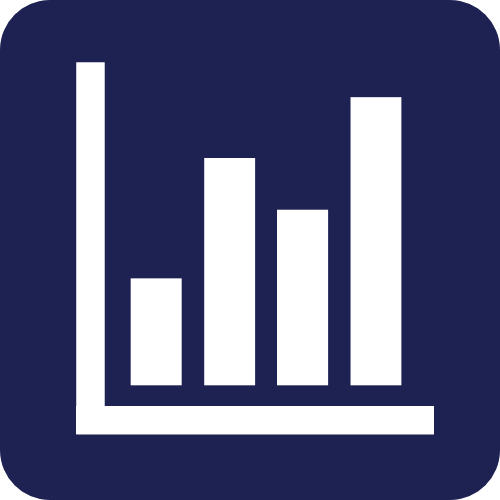BUMI ARMADA BERHAD
KLSE (MYR): ARMADA (5210)
You're accessing 15 mins delay data. Turn on live stream now to enjoy real-time data!
Last Price
0.66
Today's Change
0.00 (0.00%)
Day's Change
0.655 - 0.665
Trading Volume
11,114,500
Post a Comment
Market Buzz
2025-01-31
2025-01-31
2025-01-31


















HuatlaiOnglai
331 posts
Posted by HuatlaiOnglai > 2022-12-02 14:07 | Report Abuse
Solid fundamental with potential securing new projects. Anything higher is possible.